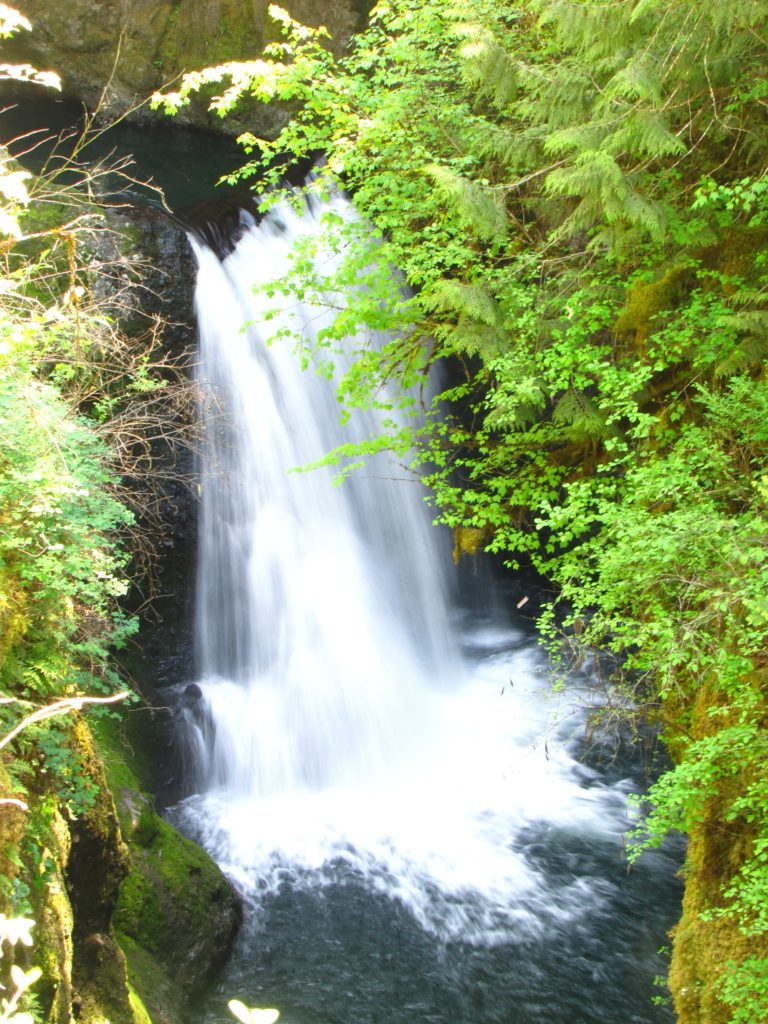The Deschutes Watershed: Thurston County’s Lifeline
By Sue Patnude, Executive Director; David Monthie, Board President; and Dave Peeler, Board Past President, Deschutes Estuary Restoration Team (DERT). DERT is a 501(c)3 non-profit dedicated to advocating the removal of Olympia’s 5th Avenue Dam and full restoration of the Deschutes Estuary.
Below is an excerpt from an article written for the League of Women Voters. Please read this article in its entirety here.
South Puget Sound is at an ecological crossroad. Water quantity and quality must be improved dramatically if the Deschutes watershed ecosystem is to be sustained. The dam that created Capitol Lake now exacerbates the Lake’s current poor condition and contributes to detrimental conditions in Budd Bay.

The Deschutes River (River) winds its way from the Cascade Mountain foothills, sourcing at an elevation of 3,870 feet, and flows through 52 miles of countryside. The river’s mouth where it empties into Budd Bay was once a thriving and abundant brackish estuary, sustaining people, fish, wildlife, forests and other interconnected forms of life. The River and its 143 tributaries form the Deschutes Watershed. Geographic features of the watershed include rivers, streams, forest, lakes, wetlands, prairie, marine bays and the open sea of South Puget Sound and Salish Sea. Human-produced features include homes, farms and pastures, urban communities, railroads, parks, public access sites, roads and highway and bridges. It is a beautiful and abundant watershed providing a sense of place for those who live and use its abundant resources. But it is in trouble.
The Deschutes Watershed is pressured with increasing water quality problems, water quantity uncertainty, development pressures, shoreline armoring and development and a dam on Fifth Avenue at the mouth of the river. The man-made Capitol Lake, formed by the dam in 1951, has become a shallow, warm pond that is filling with pollutants and invasive plants and species. The dam at the river’s mouth—owned by the State of Washington– contributes approximately 50% of the nutrient pollution currently associated with low dissolved oxygen levels in Budd Bay and South Sound.
Continued here.


